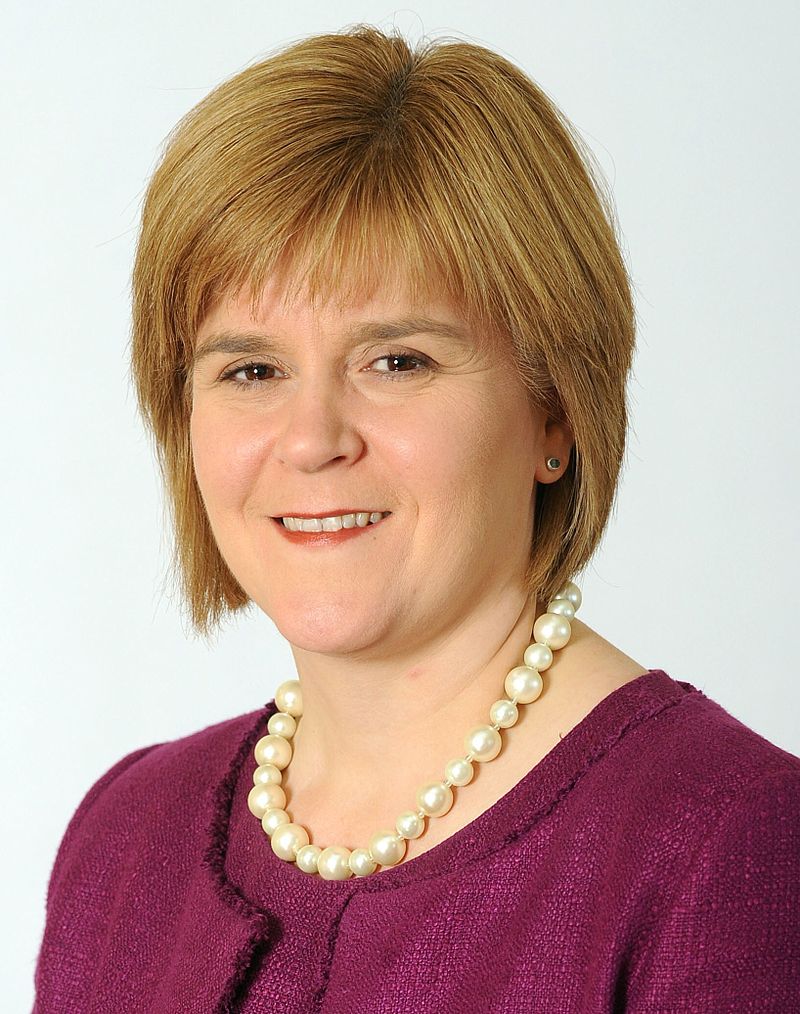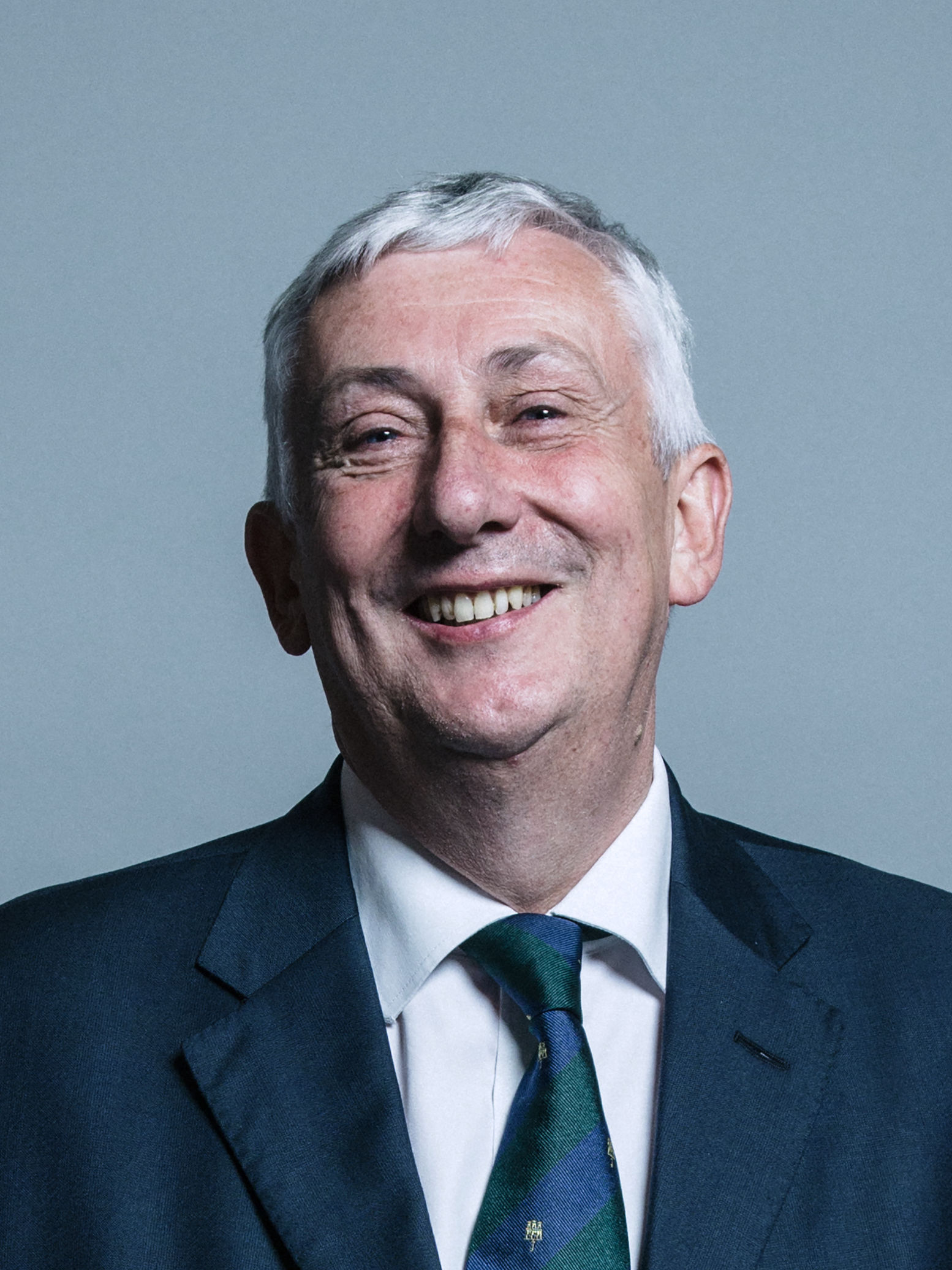Nicola Sturgeon – 2020 Statement on the Coronavirus
Below is the text of the statement made by Nicola Sturgeon, the Scottish First Minister, on 14 June 2020.
Good afternoon everyone, thank you for joining us this afternoon
I’ll start – as always – with an update on some of the key statistics in relation to Covid-19.
As at 9 o’clock this morning, there have been 15,755 cases confirmed through our NHS laboratories – that’s an increase of 25 from yesterday.
A total of 964 patients are in hospital with confirmed or suspected Covid-19. That represents a total reduction of 19 from yesterday, including a reduction of 7 in the number of confirmed cases.
A total of 15 people last night were in intensive care with either confirmed or suspected Covid 19. That is a decrease of 5 since yesterday.
I can confirm that since 5 March, a total of 3,904 patients who had tested positive for the virus and required to be in hospital have now been able to leave hospital. I wish all of them well.
And in the last 24 hours, I can confirm that 1 death has been registered of a patient confirmed through a test as having Covid-19 –which takes the total number of deaths in Scotland, under that measurement, to 2,448.
I want to stress as I always do that these numbers are not just statistics – they represent people whose loss is being mourned right now. That point is just as important when we are reporting one death, as it is when we report multiple deaths. So – once again – let me send my deepest condolences and my thoughts to everyone who has lost a loved one as a result of this illness.
Let me also express my thanks – as always – to our health and care workers for the extraordinary work that you continue to do in very testing circumstances. And indeed, let me broaden that today to all of our key workers – health and care, obviously, but our police officers, our prison officers, those who are keeping our energy systems working, keeping food on our tables, everybody who has played a part in ensuring our country has kept operating during this very difficult time.
I’ll move on to questions fairly soon, but I want this afternoon to give an indication of what you can expect in the week ahead.
I hope to be able to confirm on Thursday, that people who are shielding will be able to go outdoors for exercise.
In addition, as you know, we are required by law to review the lockdown restrictions every three weeks. The next review date is Thursday. At that point, I will set out to parliament our assessment of whether the current suppression of the virus allows us to move to phase 2 of our route map.
As things stand right now, I remain optimistic that, on Thursday, while we might not be able to do absolutely everything we hoped to do in phase 2, we will nevertheless be able to enter that next phase and announce some further important steps on our journey back to normality.
The reason for my cautious optimism is that since we last announced changes, we have continued to see a downward trend in COVID-19 cases, and also in the weekly number of deaths. In addition, the R number – which as you know is the rate at which the virus reproduces – has fallen slightly, and is now between 0.6 and 0.8, and it’s crucial that it remains under 1.
So I hope, for example, that as well as allowing a bit more social interaction, from Thursday we will also be able to move forward with the remobilisation of the NHS and also indicate a date from which our retail sector can begin to re-open.
All of that and any other changes that we’re able to announce on Thursday will be in line with the careful approach that we set out in our route map.
And that is really important. The evidence suggests that the careful approach we have adopted so far is working.
The lesson I take from that is that we should stick with that plan – not discard it.
Because – and this is the much harder bit – while transmission of the virus is much reduced, the virus hasn’t gone away yet.
We still have a significant number of infected people in Scotland. And we are still seeing new cases each day. The risk remains that, if we move too quickly, and if we start coming into closer contact with too many people, cases of the virus could start to multiply again very quickly and we need to avoid that happening.
On the other hand, if we hammer down the incidence and prevalence of the virus down to the lowest levels we can, our exit from lockdown may then involve a return to more normality in the medium term than we previously thought possible.
And that’s of course what we must hope for right across the board – but it will be particularly important as we try over the next few months to restore as much normality as we can to children’s schooling. Which of course is a big priority, not just for the Government and for local authorities, but for parents and young people the length and breadth of the country.
So while there are no risk free options – and we shouldn’t slow down progress in pursuit of perfect risk free options that don’t exist – equally we must not ease restrictions at a pace that very obviously heightens the risks.
And we should also realise that the prize for going perhaps a bit more cautiously now, could be a return to greater normality in the medium term.
We have seen in England and some other countries, that the R number may have increased, particularly in certain regions – and we might see that here too. That’s won’t necessarily be a cause for panic – but it should be a reminder to us to constantly check and assess the impact of our actions.
All of that means the judgements we make about phase 2 will by necessity be finely balanced.
Phase 2 contains a number of significant measures – including potential changes to the rules on how we can meet each other, what workplaces can reopen, and which public services can resume.
We are currently assessing the impact of those different measures. That means considering the particular risks that each element will bring, and thinking also about what mitigating actions might be needed to reduce those risks. And it means – as we have done right throughout this crisis – weighing up both the harms that come from Covid, and also the harms that come from lockdown itself.
As I said earlier, we might not be able to do absolutely everything – but we want to do as much as possible, and we will do as much as we possibly can.
It is also likely that not everything that we are able to do in phase 2 will kick in straight away on Friday.
Regulatory changes will have to be made.
Our public transport operators will need time to implement their plans to increase capacity safely.
And workplaces that we hope will be permitted to open, will need to ensure they have the appropriate physical distancing measures in place; that guidance is being followed; and that employees feel confident that they can return to work safely.
We are producing additional guidance this week – in advance of any possible changes – for Early Learning and Childcare, for the retail sector, and on the use of public spaces.
Steps such as these are essential, to ensure we continue to suppress the virus as much as possible.
Once we determine what changes can be made, we will phase them in, in the most constructive way we can. We want people to be confident that they will be safe, as more social and economic activities gradually resume.
It’s also vital that we all understand the crucial point that I stressed earlier. Just because the number of cases is currently declining, and we are thinking of easing the restrictions – that does not mean the threat of coronavirus has gone. It hasn’t. The progress we have made still remains fragile, and the virus call too easily could run out of control once again.
There are some worrying signs of that right now in some states in America, for example.
So we must work hard to get the balance as right as we can. And as we do that, some of the most basic public health advice becomes even more important.
As we move through the routemap what we are doing, as a society, is relying less on strict lockdown restrictions to suppress the virus – and relying more instead on all of us following the public health guidance, maintaining physical distancing and of course participating in Test and Protect.
Our ability to move to further phases, and to sustainably re-open our society and economy – so that we do not need to lockdown again in the future – depends on all of us strictly following those principles.
In the weeks and months ahead – perhaps even more than at the present time – we all have to remember that the decisions we are making as individuals, will affect the health and wellbeing of all of us.
And so it remains critical that we stick with the current public health guidance. So let me end just by recapping on what that is.
We should all be staying home most of the time, and seeing fewer people than we normally would. When we do meet people from another household we should stay outdoors. We must stay outdoors and stay 2 metres apart from them. We shouldn’t meet more than one other household at a time, and not more than one a day – and keep to a maximum of 8 people in a group.
We should all be washing our hands often and thoroughly. If we’re not at home, make sure we have hand sanitiser with us.
And please wear a face covering if you are in a shop or on public transport, or in any enclosed space where physical distancing is more difficult.
Avoid touching hard surfaces – and clean any you do touch.
And if you have the symptoms, get a test immediately and follow advice on self-isolation. You can book a test by going to the NHS Inform website.
If we all continue to do these things and make sure we don’t ease up on the basic public health guidance then we will continue to see this virus suppressed and we will continue to see easing of lockdown restrictions become much more possible in the future.
My thanks again to all of you for doing that. I’m going to hand over now to the Chief Nursing Officer and then to our National Clinical Director to say a few words before taking questions.


